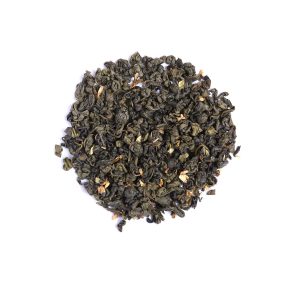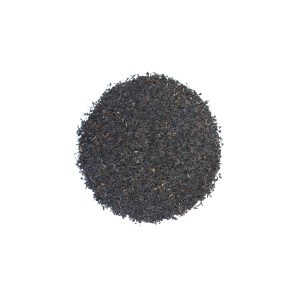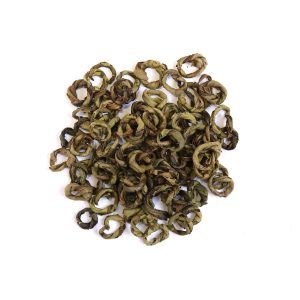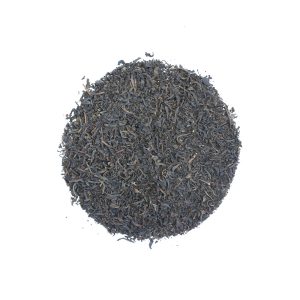Ching Wo Tea is one of the most distinguished South China Congous. Compare Keemun and Ching Wo and you will see what difference soil and climate can make to a tea!
In the past Ching Wo was called Red Congou, it brews to a beautifully red liquor and has a very gentle smokiness to its flavour, along the lines of Keemun tea.
It was widely drunk in Russia in the 1930s and indeed it is said the Ching Wo was used to keep the communists going during their long march of 1934-35. We know this tea as a black tea, in as much as it is a completely oxidised or fermented tea. In China it is called Hong Cha which means red tea and was originally only made for export. The reason the Chinese refer to red is due to the colour of the brewed tea, being a coppery reddish colour.
A black tea is often referred to as a Congou within the tea trade, the origin of the word congou is explained here, within our Rose Congou Tea and means time and effort this being the time and effort to manufacture the tea.
Ching Wo is made as follows, the leaves are firstly withered. After withering the leaves are then rolled. Rolling breaks open the surface of the leaves and coats the surface with the enzymes contained within the leaf cells. The next process is oxidation (sometimes referred to as fermenting) and this is when the enzymes react with the flesh of the leaf and cause it to change colour, going from green to brown. A good domestic example of this process is when one bites into an apple and then leaves it for 20 minutes, the plant cells you have broken with your teeth react with the flesh of the apple and cause it to go brown in a similar way. The process of oxidation usually takes a few hours. Finally, the leaves are dried or fired which stops this oxidation / fermentation and turns the leaves black.
Enjoy our Ching Wo as a refreshing, thirst quenching, gently invigorating tea and always use water that is at about 85 degrees Celsius to brew it.
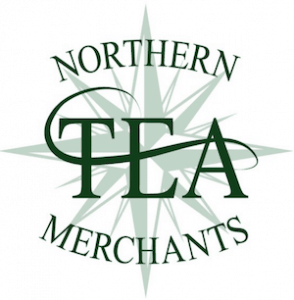
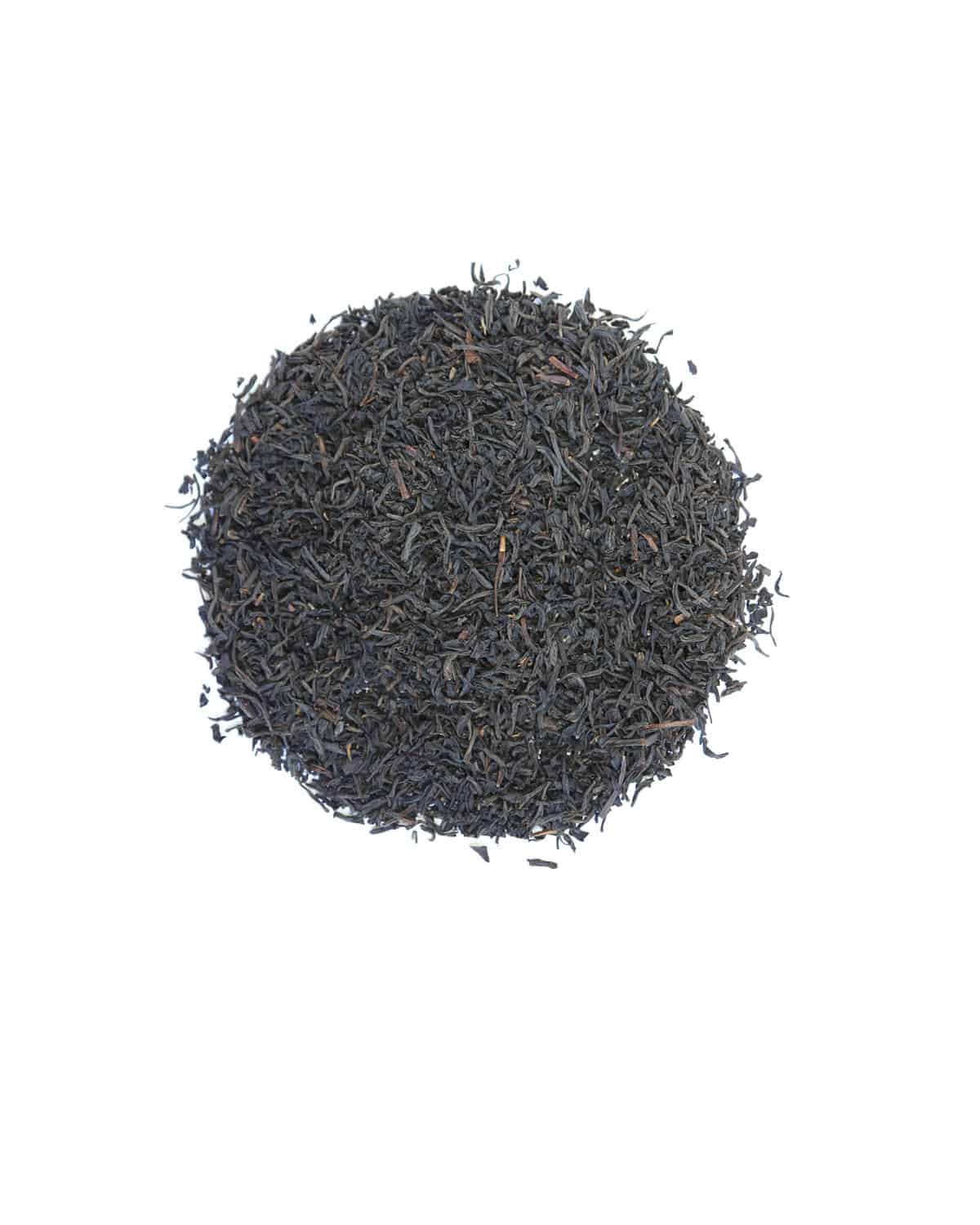
 Click & Collect Available From Our Store
Click & Collect Available From Our Store